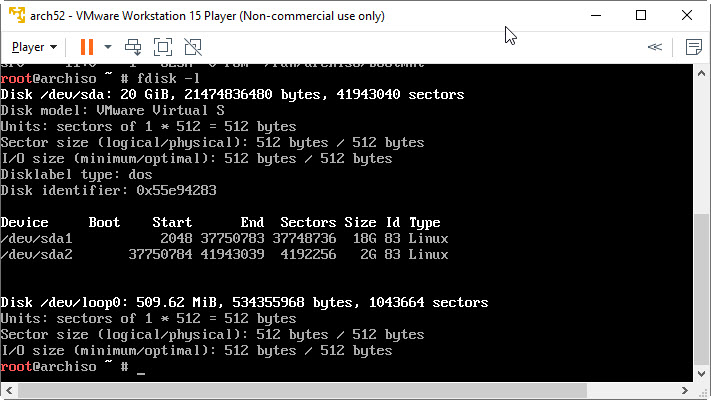

In Ubuntu the kernel headers for the running kernel can be installed with: sudo apt-get install linux-headers-$(uname-r)Headers for other installed kernels that may be booted when using VMware can be installed with, for example, sudo apt-get install linux-headers-4.2.0-22-genericAll of the necessary packages for the second and third items above can be installed with: sudo apt-get install build-essentialAll of these items may already be installed as they were in my case, and it may not be necessary to install them manually. fuse for the vmware-vmblock-fuse service.make for building executable files and other binaries.gcc the GNU Compiler Collection for c and c++.kernel headers for the version of the kernel in the running system, and optionally for all versions of the kernel, if the system will be booted with the other kernels when using VMware.All other aspects of installing VMware on Ubuntu has stayed the same, including the necessary prerequisite packages that must be installed.īefore installing Workstation player, the following must be available on the system: But unlike some cutting edge rolling distros and other distributions which store kernel headers in non-standard places, installing VMware products remains simple on Ubuntu, even with the change in init system. Since Ubuntu switched to using systemd from Upstart, installing VMware products on Ubuntu has become a little more complicated, with the necessity of creating two systemd unit files. Although Workstation Player is not as capable as VirtualBox in terms of number of virtual machines it can supervise at once and other maximums, it does offer better performance in using the physical machine's hardware as I discovered when using VirtualBox to run Linux Mint 17 Cinnamon Edition, where the guest always reverted to 2D graphics.


VMware Workstation Player, formerly VMware Player, is an excellent, free for non-commercial use, Type 2 hypervisor.


 0 kommentar(er)
0 kommentar(er)
